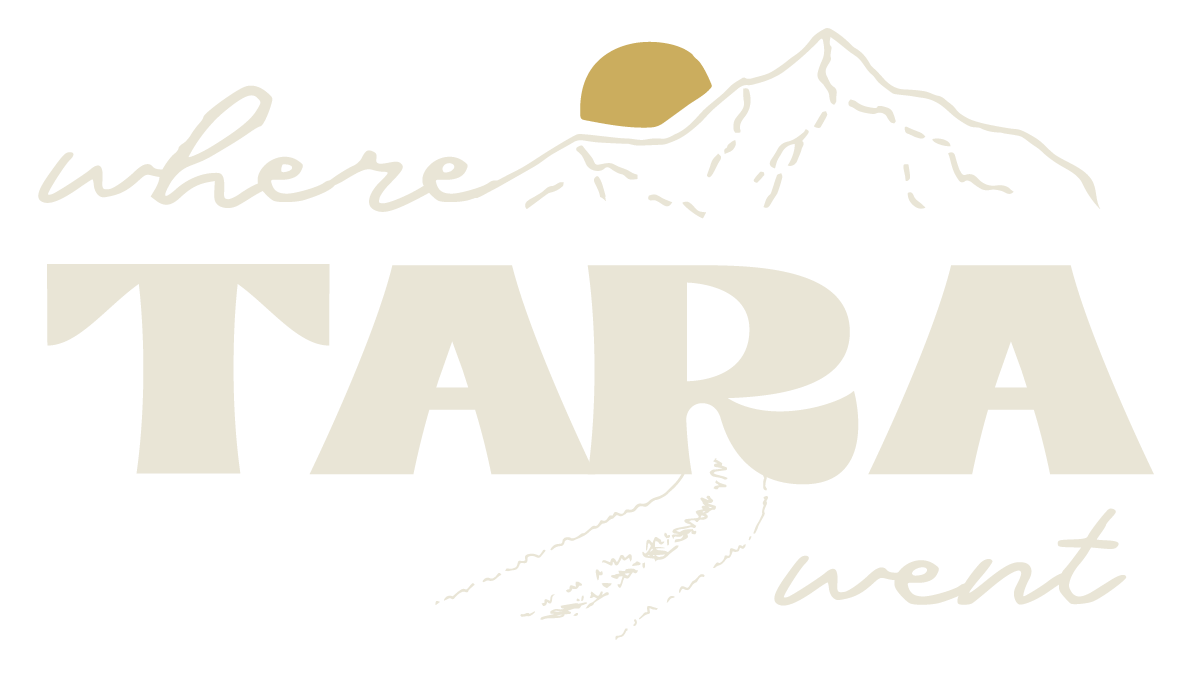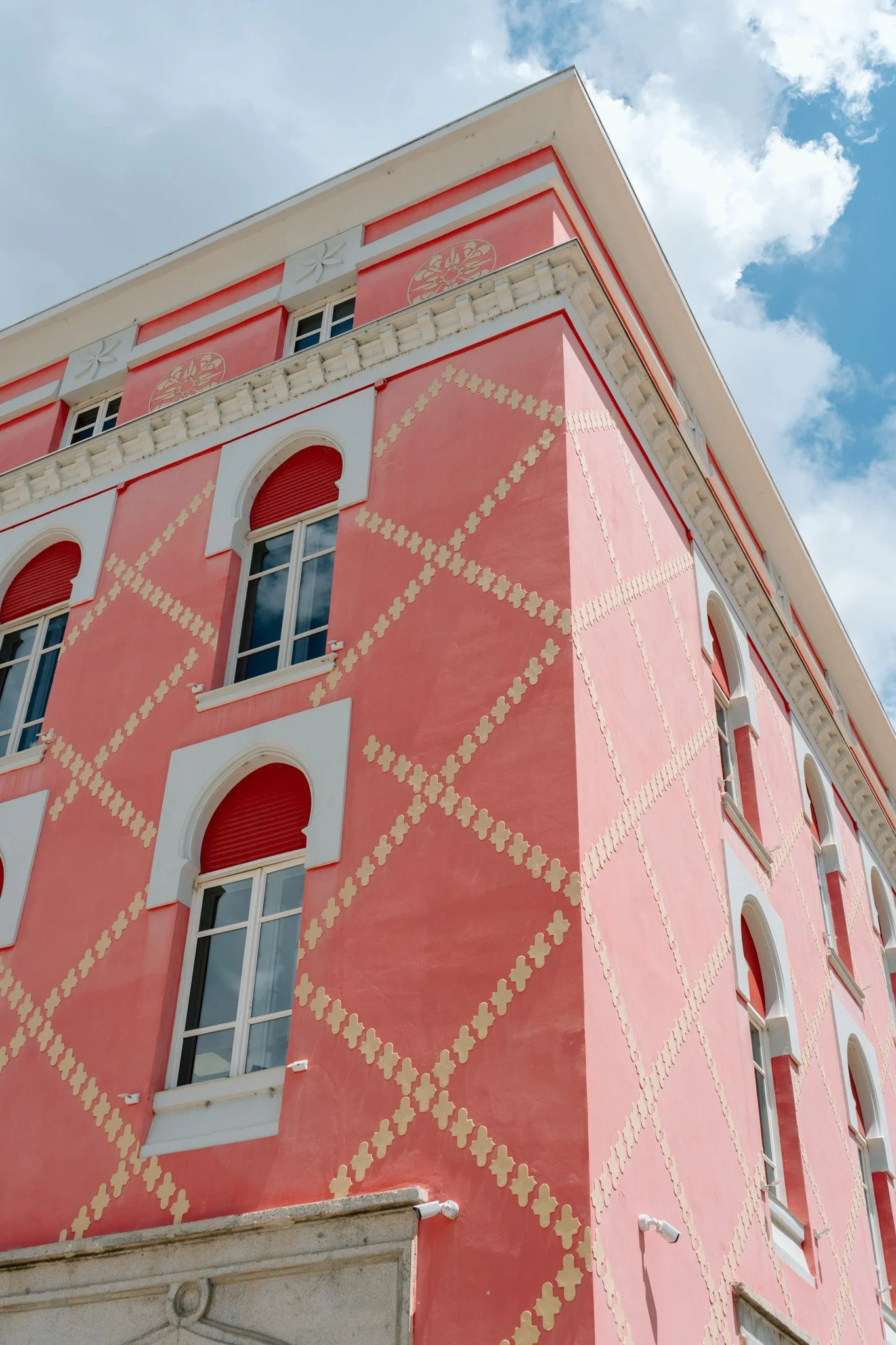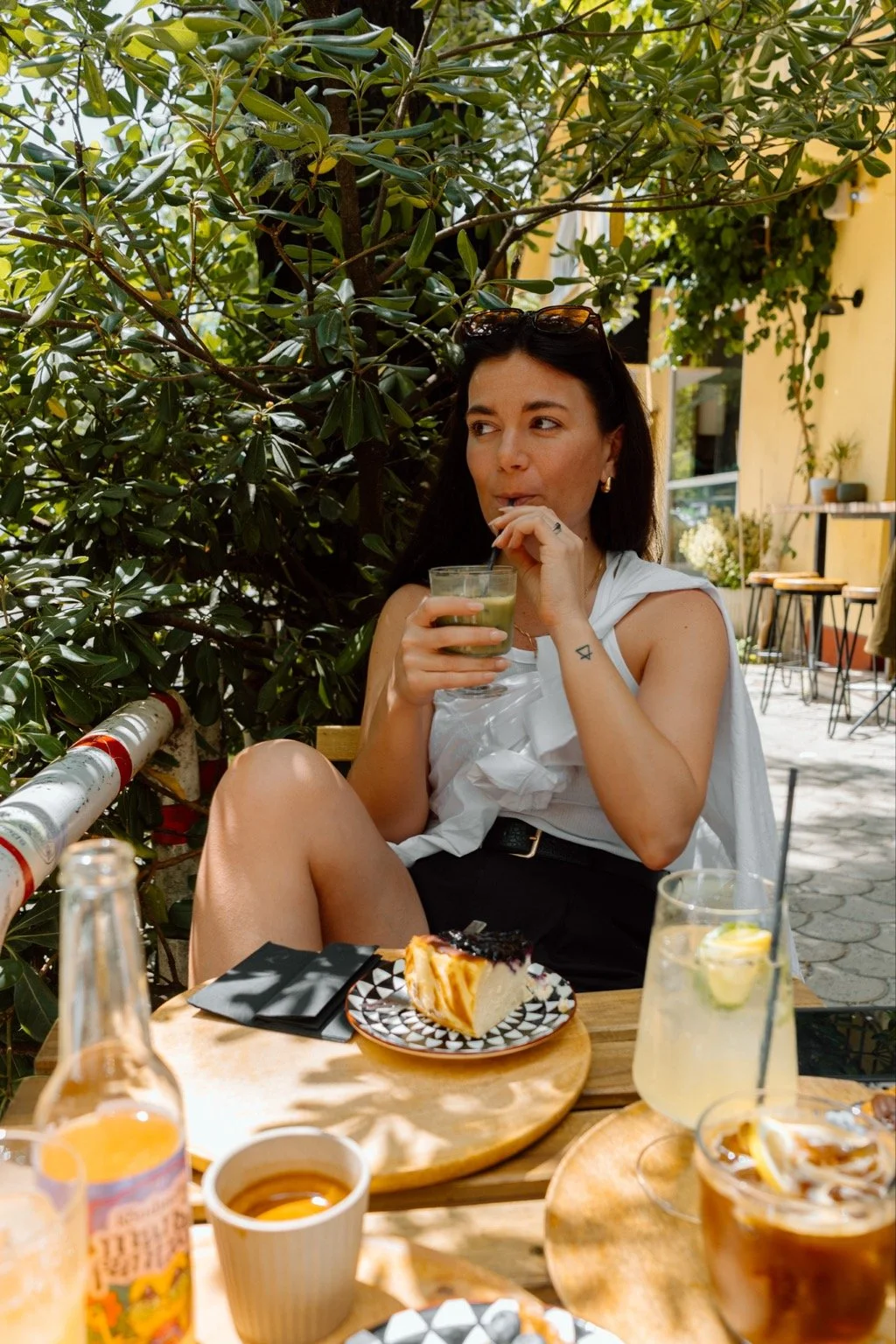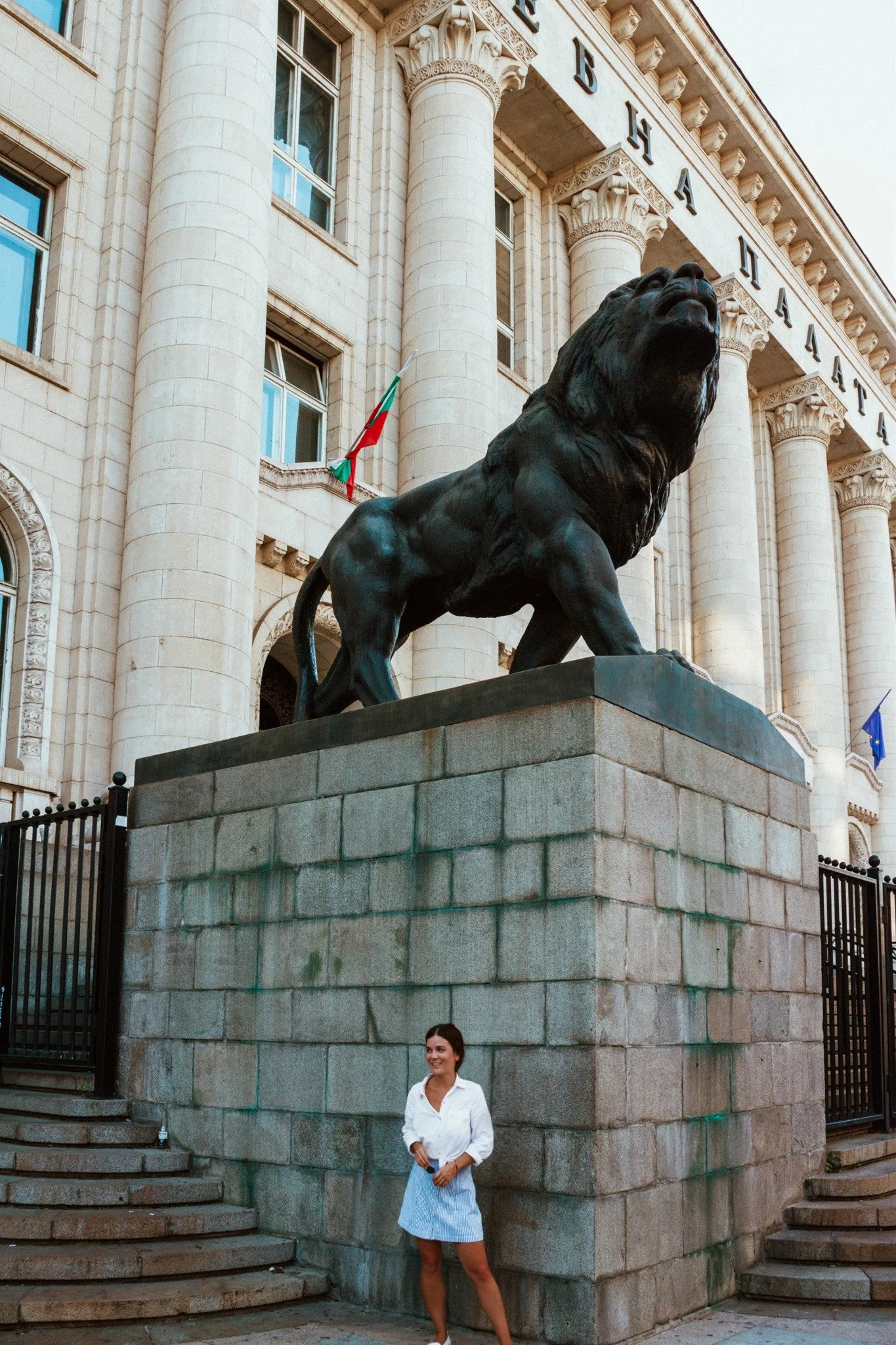a responsible food tour in Seville: how Devour's Triana tapas tour is helping culture thrive
Seville claims to be the tapas capital of the world! So, in a city like Seville where there is a tapas bar or tavern every few steps, you might be overwhelmed by the abundance of choice. What’s the best way to try the best food from different places all in one go? A food tour! And, when looking at which food tour is community-minded and, ultimately, the best all-around, who better to help you out than me, your resident food tour enthusiast!
Not usually being one for tours, over the last two years I’ve realized what an asset it can be to have a local guide show you where to eat, what to do, and the history of the destination I’m in. Enter food tours— group fun where you get to eat while simultaneously gathering all the best local tips and know-how and discovering the history and hidden gems of a city. Devour Seville’s “Tapas Like a Local Tour” ticked every box on my “tour must-have” list, and threw in local beers and wines. When they offered to host me, there wasn’t a moment' of hesitation.
In this post, you’ll find all the details about what I ate, what you can expect on a tour, and what the mission of Devour Tours is. I’m sure by the time you get to the end of this bad boy, you’ll be booking your own tour with Devour in no time. I’m basically plotting a way to get back to Spain just simply to eat more with them.
about devour food tours ↴
The word “devour” means “to absorb or become fully engrossed in something.” And what a fitting name for the tapas tour in Seville that let’s you eat like a local in perhaps the most non-gentrified area of the city so that you can get absolutely enveloped in the rich culture that surrounds you.
The entire mission of Devour Tours is to prevent visitors from eating at, what they call, “soulless tourist traps.” This is something all travelers have done at one time or another. But the spirit behind the mission goes deeper than that. The world is changing, and part of that change is the appearance of chain restaurants in place of mom-and-pop establishments and iconic eateries. When small businesses are pushed out, part of the culture of a city is also lost. The stories told in a hole-in-the-wall tavern. The recipes passed down from one generation to another. Luckily, Devour recognizes the importance that these places have in the community. A tour with them guarantees you’ll be eating at all the hidden gems and supporting the economy at the most local level.
what makes a food tour “responsible” ↴
In my opinion, the most responsible food tours do three things:
They take you to locally owned establishments: By working with locally owned eateries, tour companies are making sure money trickles down to the local level. Food dollars spent at local restaurants stay in the local economy, creating more jobs at other local businesses.
They minimize food waste: Much like big buffets at hotels, food tours can be large producers of waste. When people cancel their tours without notice, don’t finish their food, or feel too full, the food that is left gets thrown out.
They eliminate plastic: There simply is no reason to use plastic on a tour given all the alternative options out there! Tours that might have you drinking from plastic cups, sipping through straws, or using plastic cutlery should {by now} have come up with an innovative solution to these throw away products.
Devour Seville hit the right notes once again, with minimal food waste {if any at all}, zero plastic products used, and a tour of the best local tapas in Triana. I walked away from my night of tapas so eager to recommend them to everyone heading to Seville, they should probably just hire me.
triana neighbourhood tapas tour details ↴
I was invited to attend the “Tapas Like a Local” tour. This tour is 2.5 hours long, making 4 stops throughout the Triana neighbourhood in Seville. Your tour price covers all the costs of your food and drink throughout the night and, trust me, you will not go hungry {or thirsty}. Despite meat being very much a staple of the Spanish diet, as a vegetarian, I was accommodated exceptionally well.
Triana feels different from the city center of Seville. Seville was a major trading base for Spain and saw the riches that came with its importance. Triana, however, did not see the same economical gain that Seville did until a bridge was built crossing the river in 1852. This divide in wealth and resources created a unique subculture in Triana and gave the residents of this side of the river their own independent identity. Many older generations living in Triana identify themselves as Trianans. This part of Seville is also known for its craftsmanship, particularly its beautiful ceramics.
The neighbourhood quickly stole my heart. With a rich, cultural history, stunning architecture, and warm greetings from every bar and eatery owner, touring this section of Seville was the highlight of my time in the city. I quickly noticed how by just walking over the bridge I left the crowds and became the minority as a tourist. This is exactly why I travel and why I advocate to get off the beaten path— because its where all the very best spots are and where you can really see local life at its most authentic.
meeting location + introductions ↴
Once you make your booking, you will be immediately emailed a confirmation of your booking, which includes the meeting time and location for your tour. Finding the tour meet-up location was easy and David, my tour guide, had a sign with the Devour logo on it, so there was no way I could miss it.
David lead the small group in introductions and immediately we all hit it off. My tour group was a seriously varied bunch. There was a family of three from Dallas, two young guns from Washington D.C., and a couple of lovely British gal pals holidaying together. The group was definitely mixed, but we had already hit it off by the time we arrived to our first tapas stop of the evening.
map
PSST…I’ve pinned the meeting location on the map below!
stop #1 ↴
We kicked off the tour with the meatiest stop of the night. David explained the importance of pork in the Spanish diet, and the different kinds of pig that are used for different grades of the meat. Iberian pigs produce the high-quality pork that locals in Seville look for when getting their cuts from the butcher. When I first arrived in Seville, I noticed the large legs of ham hanging from various tapas bars and restaurants, but I didn’t realize how selective shop owners are about what cuts they use— pork is a real point of pride here. My carnivorous travel companion said he could definitely taste a difference in the Iberian pork and the “regular” pork, and, while both were tasty, there is a reason the Iberian costs so much more. While he munched away on meat, I happily scarfed down artichokes hearts that had been cooked in a generous dose of olive oil {this part of Spain makes 1/3 of the world’s olive oil}.
This is also where we tried sherry wine. Not much of a wine drinker, I surprised myself by sipping down the fortified white wine quite quickly after learning the grapes grown to produce sherry are grown near the city of Jerez de la Frontera in Andalusia, Spain. It can only actually be called sherry if it’s produced in this region, the same way real champagne is only produced in Champagne, France. It’s also here that I learned there are six kinds of sherry and all are technically white, no matter how dark they appear. We tasted a Manzanilla sherry, which is the driest white wine in the entire world. And, let me tell ya, it lives up to that claim.
WHAT WE ATE: various kinds of pork sausage for the carnivores in the group, artichoke hearts cooked in olive oil for the vegetarians, generous amounts of sherry wine and for all
stop #2 ↴
Being a beer lover, the second stop on out tour was just up my alley: a tiny beer bar, called La Grande, where we wetted our whistles with a cold Cruz Campos and gobbled down goat cheese. La Grande is a franchise of sorts. The cerveceria we stopped by is owned by the daughter of the original owner. As it’s famous for its seafood, shrimp was served. David showed everyone how to eat shrimp like the locals in Seville do. David also explained the smaller beer servings. Locals never get pints, like you might at a pub in England, because the beer gets too hot too quickly. Instead, you drink a smaller glass so that beer is fresh and chilly.
The tables outside La Grande were all buzzing with customers, eating and chatting like our group. It was during this second stop that I realized just how well-suited to tapas I am.
WHAT WE ATE: Cruz Campos beer to wash down goat cheese and fresh shrimp, accompanied by olives
stop #3 ↴
Stop #3 might have been my favourite stop of the night. The small space down a cobblestone alley had a green neon sign near the top of the door and inside the walls were covered in Triana’s famous ceramic tiles. Nothing about this eatery has been changed since 1962, except for the addition of salmon to the menu in 1992 for the World’s Expo. We ate some of the “pres-salmon” classics which included a tray of button mushrooms with a homemade parsley aoili, cooked radishes and carrots drizzled in olive oil, and open-faced pork sandwiches on white bread with potato chips.
It’s here that I learned everything I knew about Sangria to be an utter lie, which means it is also where my world shattered. Sangria was invented in Manhattan, guys. Like, New York freakin’ City. Not Spain like so many people, myself included, believe! Instead, we tried the local version, which is basically red wine and fizzy lemonade. It might have been one of the best wine cocktails I’ve had in my whole life and it went down like a dream.
WHAT WE ATE: button mushrooms with homemade parsley aoili, cooked carrots and radishes in olive oil and garlic, open pork sandwich, homemade potato chips, local version of Sangria
stop #4 ↴
At our fourth and final stop, we sat down in a back room at a long table. Here, we were greeted by the owner who took our drink orders. As the group continued to chat, our table started to fill with baskets of bread, platters of fried eggplant, croquettes, and a dip made of chickpeas and spinach. The amount of food looked large, and yet, our table managed to devour {pun fully intended} the entirety of it.
It was only later on during my time in Seville that I realized this stop was one Richard Ayoade made in his 48 Hour Travel Man episode of the city. And, as readers of this blog should know, I give big bonus points to any place given the Richard seal of approval. In fact, he tried the same chickpea/spinach dish we had!
WHAT WE ATE: spinach + chickpea dip, croquettes, bread rolls, beer or wine of our preference {I had a beer, obviously}, and fried eggplant
booking your devour tour + overall thoughts ↴
By the end of the night, all of us were laughing like old friends and exchanging contact details before heading our separate ways. Perhaps the Spanish have it all figured out— all you really need is good food and the right atmosphere to bring people together. Devour has absolutely nailed the recipe for a successful food tour that supports the local community. It was the highlight of my time in Seville, and the highlight of my time in Spain this time around.
Convinced you need to take a tour? Good. You can book your tour either online here or call them at their international numbers below if that’s easier for you. You can also find Devour Tours in Lisbon, Rome, San Sebastian, Madrid, and Paris.
Interested in learning more about Seville food culture? Check out my guide, David’s blog here.
Disclaimer: I was a guest of Devour, but all my opinions are my own and my experience is expressed authentically.
















































